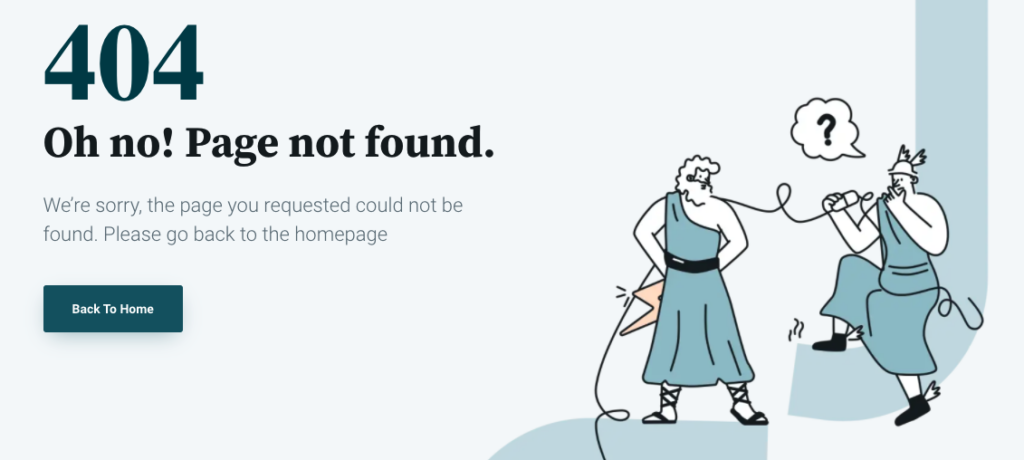Email Development
How to Audit and Test Your Email Templates

Email Development

When’s the last time you took a look at your email templates?
If you’re like most email marketers, it’s maybe been a while. It can be so tempting to “set and forget” something like your email templates. After all, the whole point of creating them is to make the email sending process more streamlined. But if you don’t regularly audit and test your templates, you could be sending emails with errors…and you would never know.
That’s because inbox providers constantly change their software, so code that worked one day may not work the next time you send. Just last month I was testing one of our welcome templates and kept seeing this weird bug pop up in Outlook 365 that I could have sworn wasn’t there the day before.
Another time, a temporary old bug broke everything in Yahoo! for a few days. It was an easy enough fix to deploy, but once the Yahoo! team rolled back that change, it was my fix that started to break everything.
Wouldn’t it be nice if email clients would tell you ahead of any major releases? Sigh. Maybe someday.
In the meantime, you need to establish a set routine for auditing and testing your email templates. That’s why it’s so important to go back to your tried-and-true templates and retest them, especially as you’re making new email campaigns, because you just don’t know when something like that is going to happen.
At Email on Acid, we test every single time we send an email, so that covers our newsletter and one-off campaign templates. But it’s important to set a reminder in your calendar once a month — or at a minimum, once a quarter — to quickly run your templates through another test. Here’s what to look out for:

First, take a look through the code of the emails. Does it match how you’re currently coding new ones? Are you employing hacky workarounds that you don’t need to use anymore? Take a look and clean up any code if you can — it will only make your job easier later.
With outdated code, you want to think about the minor elements that get passed down year to year. At the beginning of every calendar year, check the copyright date and your footers. Some ESPs like MailChimp do have shortcodes that automatically update, but you’ll probably have to do this manually each January.
Make sure you check and test any personalized tokens that appear in your email. You never know when a change in data structure inadvertently shows FIRST_NAME instead of … the user’s first name!

The worst thing in an email is a broken link. Not only does it provide a frustrating experience for your subscriber, it often defeats the entire purpose of the email.
As you build new web pages, update old blog posts, or move from one CMS to another, it’s a great time to double check those templates. You never know when a redirect doesn’t work right or breaks.
Another thing to look out for? Double-checking your link tracking on your templates gets switched out as needed (and making sure they’re there in the first place!) If you want to know how well you’re performing, it does no good to have six different emails with the same UTM because you forgot to change out the tracking last time you copied the template.

Missing images can be caused by changes in email client support, but it can also be from more mundane issues like an image file degrading or being accidentally deleted within your ESP or content delivery network (CDN). Double-check that sizes still work, that images still load on all clients, and that your GIFs remain optimized.

One surefire way to know when you last tested your templates is if they’re coded for dark mode support. Released for both Android and iPhone in 2019, it’s still a relatively new element of email support — but it’s become so popular that it’s worth confirming that email clients aren’t inverting colors, eliminating contrast, or generally looking weird. We put together a full dark mode checklist here.
A 2021 survey from Ascend2 and Pathwire found 59% of marketers are testing emails in dark mode. Another 20% planned to start dark mode email testing in the near future. If you’re not sure whether or not your templates work in dark mode, now is a great time to check.

It’s always worth double-checking your templates for accessibility. This is about more than complying with rules and regulations (which may themselves have changed) but about making sure everyone in your audience can read and act on your emails with the best possible subscriber experience.
That means thinking about these and other aspects of email accessibility:

What you’re most likely to find, though, with templates, is simply a function of time: Outdated messaging and branding. Even if you haven’t recently rebranded your colors, fonts, or other styles, the look and feel of your emails evolves over time.
You want to make sure you’re staying consistent throughout all of your email templates for:
Beyond standard brand elements, it’s important to make sure that the results of your A/B tests filter down into your templates. If a design element consistently wins out — say, a specific CTA button color or newsletter layout — then it’s important to make sure your templates reflect that change. Similarly, if you find that you no longer use a certain color (remember when everyone had orange CTA buttons?) it’s time to make those changes.

It sometimes feels like email client support changes with the whims of the wind.
But if you’re seeing something break in your regular email campaigns for a specific client, then it’s definitely time to take a look through your templates. With Email on Acid, you can see hundreds of previews of your emails in all of the most-popular mailbox providers and devices, so you’ll know in seconds if something isn’t working.
Ok, so you’ve identified an issue with your templates. Now what?
If it’s something really wonky, it’s always a good idea to check in with the email development community and see if Outlook is wreaking havoc again (let’s be real, it’s almost always Outlook) or if it’s a missed curly-brace bracket or something simple on your end.
If you find broken links or outdated branding, make sure to loop in your email designers and any other stakeholders in the marketing team — they may want to take the opportunity to completely revisit the template, or at least look at the data and see if something is worth A/B testing.
That’s also why it’s so important to have an email style guide or design system in place, so you know exactly what conventions you should be working with. Include everything from button sizes to padding to title case so you have a checklist. Email marketing is hard enough without having to remember those tiny details!
Find out more about how email developers and designers can work together.
Whether you choose to test your templates every month or every quarter, Email on Acid makes it easy for you to check for broken links, missing images, client support changes, and more.
Our automated email pre-send checklist walks you through each area and provides reliable email previews with features for feedback and collaboration. Plus, our users enjoy unlimited email testing. So, test as much as you need to. You’ll never hit a limit.